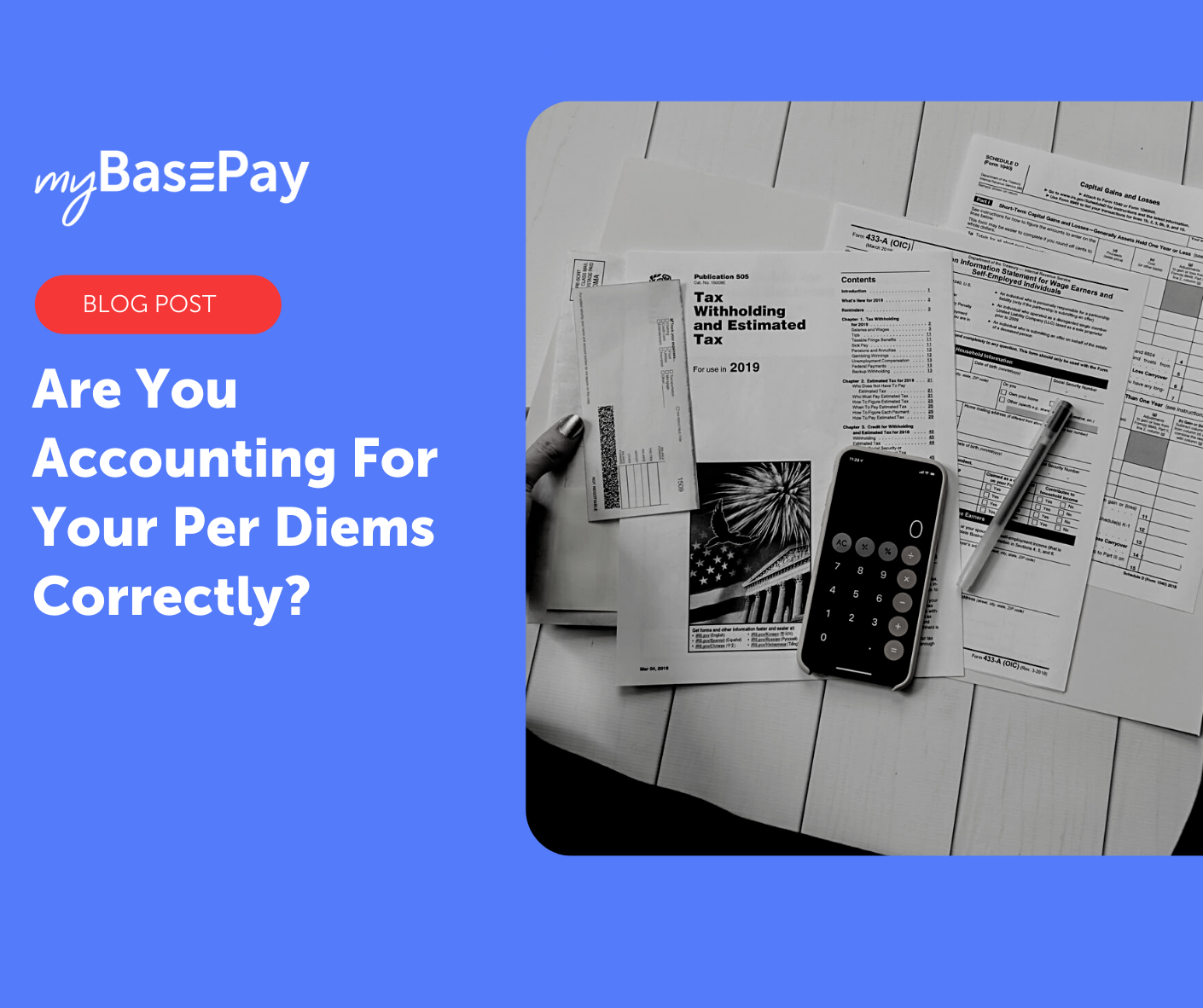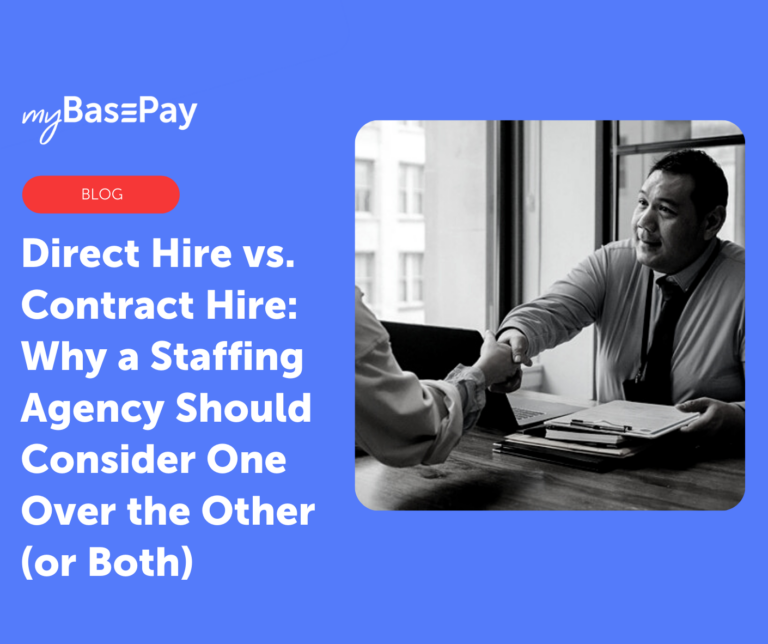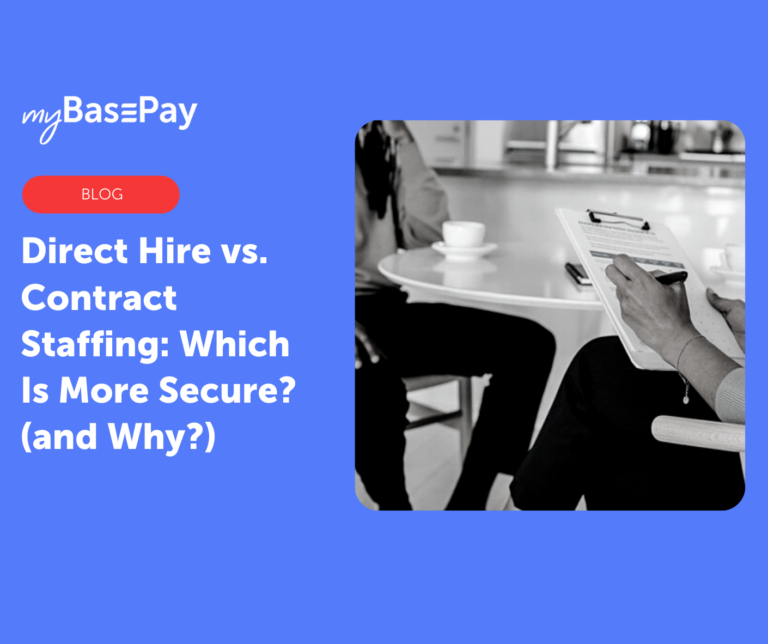Are You Accounting For Your Per Diems Correctly?
(This article originally appeared in UHY on February 27th, 2019)
Using the per diem allowance rule can help alleviate the recordkeeping for lodging, meals, and incidental expenses incurred by an employee while away from home overnight on business. It can be a useful tool when you have many employees traveling on business at once. However, are you aware of the Internal Revenue Service requirements for reporting billable per diems on customer invoices?
Per diems are generally tax-free for the employees and deductible by the employer. They are used as a reimbursement of ordinary and normal business expenses incurred by the employees, while they are traveling for business away from home. Normal business expenses include items such as meals, lodging and incidental expenses. The General Services Administration (GSA) creates tables each year that reflect an amount per day that is generally thought to be sufficient to cover lodging, food and incidental expenses in your travel location based on average market rates.
Merely implementing a per diem plan does not in and of itself make such payments tax-free to employees. The plan must be deemed a “qualified per diem plan” in order for the reimbursement payments to be considered tax-free. Failure to properly administer a per diem plan that is intended to be qualified, will have adverse tax implications for both employees and the employer.
Things to consider when implementing a qualified per diem plan:
- Have a business purpose – make sure the expenses are ordinary and necessary
- Consider the employee’s “tax home” – per diem expenses are only allowed when the employee is traveling away from their tax home and for less than one year
- Maintain accurate records – no receipts required, but the employee must maintain a log recording days worked away from home, location of the work and the business purpose
- Do not treat per diem allowances as salary alternatives – do not give the employee the choice of accepting a higher wage with no per diem or lower wage with a higher per diem
- Do not provide an allowance in excess of the IRS-approved rates – this could be reclassified as income to the employee
An item unique to the staffing industry is the reimbursement of the per diem expenses, from the customer, along with the wages of the temporary employee. These expenses, under Internal Revenue Code §274(e)(3), are deemed reimbursed expenses for costs directly related to the fulfillment of a contract. Therefore the costs are fully deductible to the staffing company and not subject to the 50 percent deduction limitation that normally goes with meals and entertainment.
In order to make sure you are compliant with Internal Revenue Service rules, you will need to follow a few important items. First, the per diem expense reimbursement must be separately stated on each invoice. They cannot be blended into the employee’s pay rate being charged to the customer. Also review your customer agreement to ensure it does not expressly identify the party that will be subject to the 50 percent meals and entertainment limitation. Unfortunately someone will be limited on the meals and entertainment expense deduction, but, with proper planning you can ensure that limitation is also passed
on to the customer.
Bryan BescoDirector of Marketing & Business Development | UHY LLP






